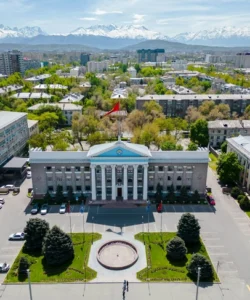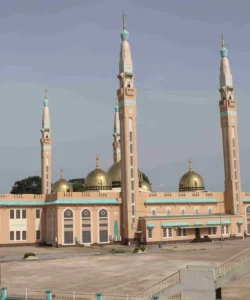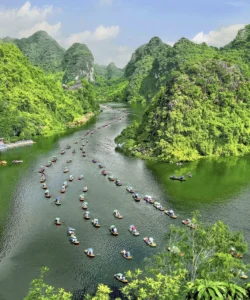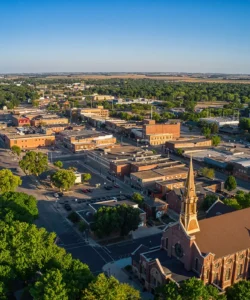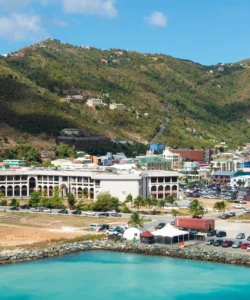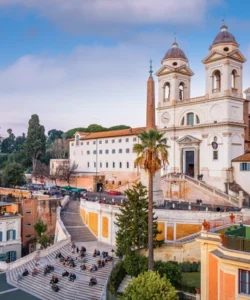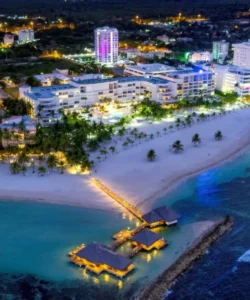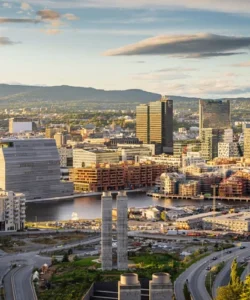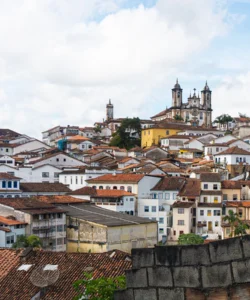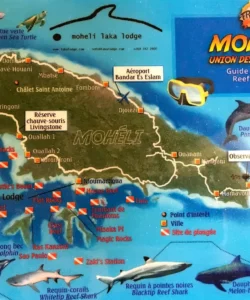Slovakia, officially the Slovak Republic, is a landlocked country in Central Europe. It borders Austria to the west, the Czech Republic to the northwest, Poland to the north, Hungary to the south, and Ukraine to the east. Slovakia is characterized by its dramatic mountain landscapes, including the High Tatras, numerous castles, charming historic towns, and rich folk traditions.
![]()
Area: Approximately 49,035 square kilometers (18,933 sq mi).
Population: As of 2023, the population is estimated at around 5.43 million.
Language: The official language is Slovak, a West Slavic language. Czech is mutually intelligible and also widely understood. English is increasingly understood, especially by younger generations and in major urban and tourist areas. German is also spoken by some, particularly in certain regions.
Currency: The official currency is the Euro (EUR), which Slovakia adopted on January 1, 2009.
Religion: The predominant religion in Slovakia is Roman Catholicism. There are also significant communities of Protestants (mainly Evangelical Church of the Augsburg Confession), Greek Catholics, and Eastern Orthodox Christians.
Capital: Bratislava is the capital and largest city of Slovakia. Located on the Danube River, it’s known for its charming Old Town, iconic castle, and a blend of historical charm with modern vibrancy.
Major Cities: Besides Bratislava, other significant cities include Košice, Prešov, Nitra, Žilina, Banská Bystrica, and Trnava.
Attractions & Wonders: Slovakia offers a diverse range of attractions, from majestic mountains and ancient castles to historic towns and unique natural formations:
- Bratislava:
- Bratislava Castle: Perched on a hill overlooking the Danube, offering panoramic views of the city and surrounding areas.
- St. Martin’s Cathedral: A Gothic cathedral where Hungarian kings were crowned.
- Old Town (Staré Mesto): A charming area with cobbled streets, historic buildings, statues (like Čumil), and lively squares.
- UFO Observation Deck: A distinctive bridge tower with a flying saucer-shaped observation deck and restaurant, offering excellent views.
- Devín Castle: Ruins of a dramatic castle on a cliff overlooking the confluence of the Danube and Morava rivers, a significant historical site.
- High Tatras (Vysoké Tatry): A stunning mountain range, part of the Carpathian Mountains, offering dramatic peaks, glacial lakes, hiking, skiing, and beautiful resorts like Štrbské Pleso and Tatranská Lomnica.
- Spiš Castle (Spišský hrad): A UNESCO World Heritage site, one of the largest castle complexes in Central Europe, offering a magnificent and imposing sight.
- Slovak Paradise National Park (Slovenský raj): Known for its unique gorges, canyons, waterfalls, and challenging hiking trails featuring ladders and bridges.
- Banská Štiavnica: A UNESCO World Heritage site, a historic mining town with a beautiful town square, Old and New Castles, and surrounding artificial lakes (tajchy) built for mining.
- Levoča: A UNESCO World Heritage site, a well-preserved medieval town with a magnificent Gothic church (St. James’s) featuring the world’s tallest wooden altar.
- Dobsinská Ice Cave (Dobšinská ľadová jaskyňa): A UNESCO World Heritage site, one of the largest ice caves in Europe, offering stunning ice formations.
- Orava Castle: A beautiful and imposing castle perched on a rocky cliff above the Orava River, often considered one of Slovakia’s most picturesque castles.
- Košice: Slovakia’s second-largest city, known for its Gothic St. Elisabeth Cathedral and vibrant cultural scene.
- Wooden Churches of the Slovak part of the Carpathian Arc: A UNESCO World Heritage site, a collection of unique wooden churches illustrating different architectural and religious traditions.
Architecture: Slovak architecture showcases a blend of styles influenced by its position in Central Europe and various historical periods:
- Romanesque and Gothic: Seen in early churches, castles, and historic town centers (e.g., Spiš Castle, St. Martin’s Cathedral).
- Renaissance: Appears in townhouses and some castles (e.g., Banská Bystrica).
- Baroque: Flourished in the 17th and 18th centuries, with grand churches, palaces, and monasteries (e.g., Bratislava’s palaces).
- Secession (Art Nouveau): Some beautiful examples exist, particularly in Bratislava.
- Folk Architecture: Traditional wooden houses, especially in rural areas and specific villages (e.g., Vlkolínec, a UNESCO site, or Čičmany), showcasing unique patterns and designs.
- Socialist Realism and Modernism: Characteristic of post-war and communist-era construction in urban areas, with utilitarian apartment blocks and some monumental public buildings.
- Contemporary: Modern Slovak architecture is diverse, with new commercial and residential developments, often incorporating modern design principles.
Roads: Slovakia has a generally good and improving road network. Motorways (D-roads) and expressways (R-roads) connect major cities and provide efficient travel. Secondary roads are also generally well-maintained, though quality can vary in rural and mountainous areas. Driving is efficient, and traffic flows well outside of peak hours in major urban centers. A toll vignette is required for motorways.
Hotels: Slovakia offers a wide range of accommodation options. In Bratislava and other major cities, you’ll find international hotel chains, boutique hotels, and budget-friendly hostels. In mountain regions like the High Tatras, there are numerous hotels, guesthouses, mountain chalets (chaty), and spa resorts. Throughout the country, you can find charming guesthouses (penzióny), family-run establishments, and agritourism options, particularly in rural areas.
Restaurants: Slovak cuisine is hearty and often rich, with strong influences from Hungarian, Austrian, and Czech culinary traditions. It features staples like potatoes, dumplings, cheese, various meats (pork, beef, poultry), and cabbage.
- Bratislava offers a good selection of restaurants serving traditional Slovak dishes, as well as international cuisine.
- Traditional Slovak Dishes:
- Bryndzové halušky: The national dish of Slovakia, small potato dumplings mixed with soft sheep cheese (bryndza) and topped with fried bacon.
- Kapustnica: A rich and hearty sauerkraut soup, often with smoked meat, mushrooms, and sausages, especially popular at Christmas.
- Cesnačka: Garlic soup, often served in a bread bowl with cheese and croutons.
- Zemiakové placky: Potato pancakes, often seasoned with garlic and marjoram.
- Vyprážaný syr: Fried cheese, similar to Czech smažený sýr, served with French fries and tartar sauce.
- Guláš: A meat stew (usually beef or venison), often served with dumplings or bread.
- Pirohy: Dumplings filled with various ingredients like bryndza, potatoes, or fruit.
- Kofola: A popular carbonated soft drink, a local alternative to Coca-Cola.
- Soups: Soups are a common starter for meals.
- Baked goods and pastries: Are popular, often featuring poppy seeds, nuts, or fruit fillings.


